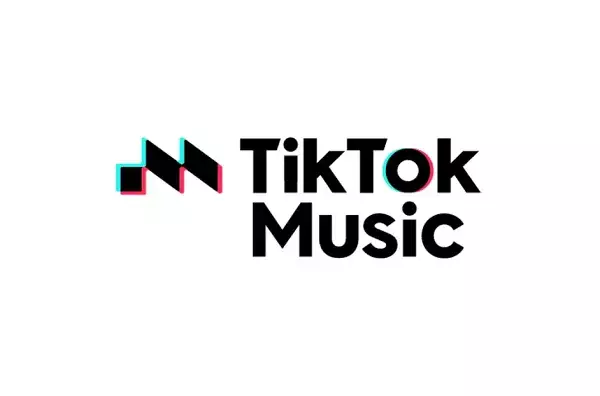In an era where music streaming services dominate the digital landscape, TikTok’s attempt to carve out its niche with “TikTok Music” has come to an unexpected end. As celebrity endorsements and viral challenges often eclipse other platforms, the announcement of TikTok Music’s shutdown reveals much about the intricacies of music consumption and digital strategy. While the implications of this decision may seem narrow at first glance, a closer examination offers valuable insights into broader trends in the intersection of social media and music streaming.
Initially launched in India in late 2019 under the name “Resso,” TikTok Music was designed to accompany the soaring popularity of the TikTok app, particularly in a market that was rapidly embracing digital content. The idea seemed promising: Utilize the meteoric rise of short-form video content to introduce a music streaming service that would act as both a creator’s platform and a consumer’s music library. However, even though TikTok faced a ban in India in 2020, Resso managed to continue operations. This was puzzling, given how intertwined the two platforms were intended to be.
But the spark that TikTok Music needed to ignite user interest was simply absent. Despite initial hopes, the app never gained significant traction—even before the ban had rendered it mostly irrelevant. TikTok eventually decided to rebrand Resso as TikTok Music, a move likely aimed at consolidating its brand while maximizing user cross-usage. However, this decision didn’t yield the positive results the company had anticipated. The lack of enthusiasm for TikTok Music was compounded by fierce competition from established services like Spotify, Apple Music, and Amazon Music—services that had already spent considerable resources solidifying their market presence.
The operational challenges behind TikTok Music’s failure extend beyond mere user interest. Licensing music for streaming is an intricate dance that requires not just finances but also strategic relationships with artists, record labels, and publishers. TikTok’s bankruptcy of an effective licensing strategy contributed to the demise of TikTok Music, as disorganized negotiations left many popular tracks unavailable, further alienating potential users who sought a comprehensive library.
With communities becoming more demanding about music accessibility and more services emerging with innovative features, TikTok Music struggled to offer anything that differentiated it from countless other platforms. Users who were initially curious about the app quickly migrated back to mainstream choices that provided them with not only a larger music library but also a more refined user experience.
As TikTok announced the closure set for November 2024, the notice on its website placed emphasis on transferring playlists and requesting refunds before culmination. Yet, not much could disguise the reality that TikTok Music had never caught fire and, thus, had little to lose by shutting down.
In light of this setback, TikTok’s focus on refining its primary app appears to be a strategic pivot aimed more towards enhancing content interaction than to dominate the music streaming arena. The platform has already established itself as a reliable promotional tool for emerging artists, and now it appears poised to shuffle its resources toward integrating more music listening experiences directly into TikTok itself.
This re-alliance towards its main platform suggests a significantly more nuanced understanding of content engagement. TikTok could redefine how it collaborates with artists to deliver music, ultimately promoting tracks within videos and facilitating listening journeys that captivate users—all without needing a standalone app.
As the curtains draw on TikTok Music, it becomes increasingly clear that the music streaming landscape operates on a key principle: sometimes, even the most integrated partnerships fail to thrive in isolation. The marriage between social media and music streaming is complex, and TikTok’s journey embodies the challenges that can arise in the quest to innovate. While TikTok Music’s closure might not shake the foundations of the music streaming industry, it serves as a cautionary tale for those looking to create alternatives amid a saturated market.
In the end, TikTok’s next steps will be crucial. The company has the opportunity to reflect on its trials and modify its approach towards establishing a more robust music ecosystem. Such growth not only benefits TikTok’s audience but also artists seeking platforms that genuinely elevate their work. The future thus remains ripe for exploration, rather than resignation.


Leave a Reply